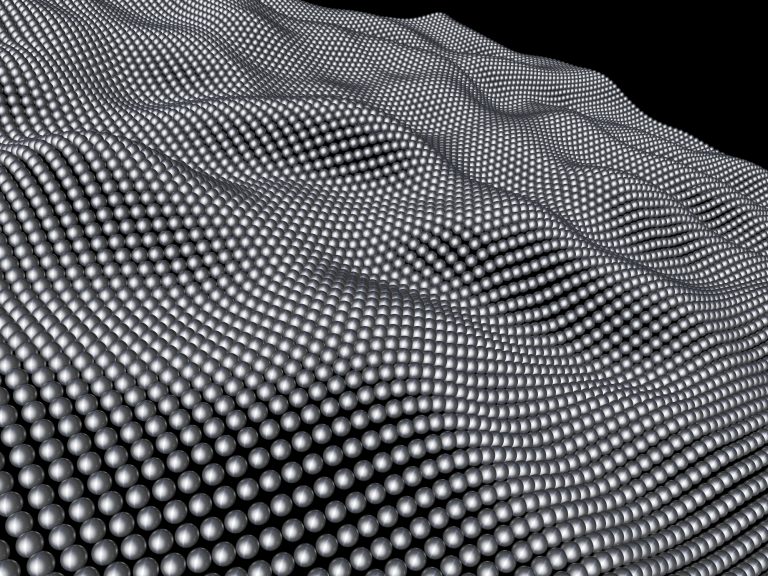
All-electrical detection of biomolecules, specifically DNA and RNA, is a method increasingly used for molecular diagnostics. In particular, biosensors employing graphene are showing potential as a new class of liquid biopsy, detecting DNA cancer markers in a patient’s blood or serum. A new study published in Nature Communications, showed that crumpled graphene proved 10,000 times more sensitive for detecting DNA in undiluted blood serum.
Graphene – a flat sheet of carbon one atom thick – is widely used in electronic sensors. Yet, current graphene-based technologies require substantial amounts of DNA at the 100 fM concentration. This has meant that PCR amplification of RNA or DNA has been necessary to achieve that concentration. “Further sensitivity would be highly desirable for detection of very rare molecules, such as micro RNA (miRNA) or cell-free DNA (cfDNA), from unamplified sample,” said the authors from the University of Illinois at Urbana-Champaign. “Therefore, there is an urgent need to develop amplification- and purification- free methods to directly detect miRNA from biological samples such as serum.”
The team theorized that they could improve graphene sensitivity by nanoscale bending of 2D graphene in 3-dimensions. The researchers stretched out a thin sheet of plastic, laid the graphene on top of it, then released the tension in the plastic, causing the graphene to scrunch up and form a crumpled surface. While crumpled graphene has been applied in stretchable photosensors, it had not been used yet for biosensor applications.
This new crumpled graphene sensor is the first electronic sensor to detect very small amounts of DNA, such as might be found in a patient’s serum, without additional processing like PCR. In their study, they determined that crumpled graphene created electrical hot spots that could capture and detect small amounts of DNA.Specifically, the biosensor detects overexpressed DNA and RNA sequences produced by tumors and secreted into the blood.
In their study, the group’s crumpled graphene biosensor detected 20 aM of DNA in 50 µL, or about 600 molecules in both a buffer solution and in undiluted human serum. 20 attomolar is equivalent to 0.02 femtomolar.
“This is the highest sensitivity ever reported for electrical detection of a biomolecule,” said first author Michael Hwang, which is about 10,000 times more sensitive than prior reports from electrical biosensors using flat graphene.
The team used computer simulations to study the crumpled graphene’s electrical properties and how DNA physically interacted with the sensor’s surface. They found that cavities within the altered graphene served as electrical hotspots, acting as a trap for DNA and RNA molecules, extending the time they engage with the rough graphene surface.
“When you crumple graphene and create these concave regions, the DNA molecule fits into the curves and cavities on the surface, so more of the molecule interacts with the graphene and we can detect it,” said co-first author Mohammad Heiranian. “But when you have a flat surface, other ions in the solution like the surface more than the DNA, so the DNA does not interact much with the graphene and we cannot detect it.”
In addition, crumpling the graphene created a strain in the material that changed its electrical properties, inducing a bandgap – an energy barrier that electrons must overcome to flow through the material – that made it more sensitive to the electrical charges on the DNA and RNA molecules.
The researchers believe the new sensor could be tuned to detect a wide variety of target biomarkers, including proteins and small molecules. In the future, the team envisions a handheld device that would detect target molecules in a few drops of blood.






![AI Algorithm Could Reduce Breast Cancer Mammogram False Positive Rate The primary goal of the Paradigm Registry is to accelerate tumor profiling based on disease biology. [iStock/LilliDay]](https://www.insideprecisionmedicine.com/wp-content/uploads/2019/01/307-218x150.jpeg)




